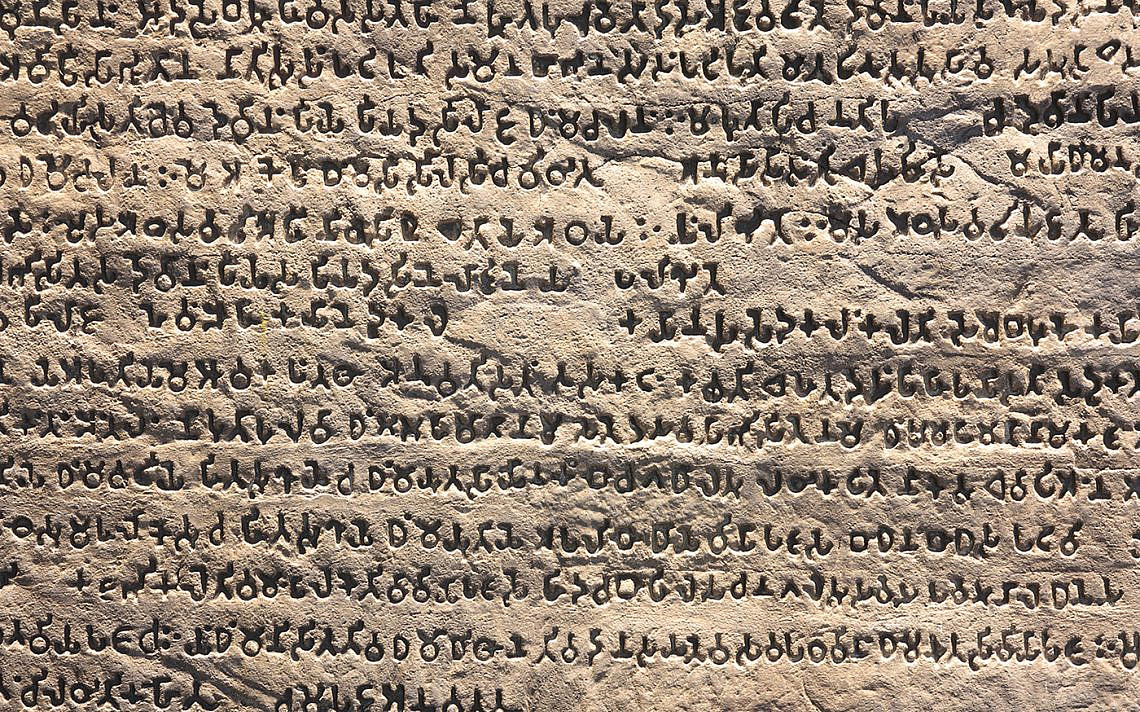

The Gabriel Revelation is an inscription on a stone found in Jordan dating back to around the beginning of the Common Era, the time of the birth of Jesus. It is the subject of a book by Israel Knohl, Messiahs and Resurrection in the Gabriel Revelation published in 2009 by Shalom Hartman Institute and Continuum Books.
The prophetic story told on the stone is of a Jewish messiah who suffers and dies and rises three days later. It was written in the wake of the failed tripartite uprising of the Jews throughout Roman Judea in the wake of the death of Herod the Great in 4 or 5 BCE.
Israel Knohl’s reading and commentary on the stone’s writing – ink instead of engraving – backs up his assertion that Jews of the day of the historical Jesus had a suffering-messiah-who-is-resurrected mythos different from the traditional Davidic messiah stories, in which the messiah is a powerful leader. Based on the prophetic writing on the Gabriel Revelation stone, the messiah’s “failure” and death are precisely part of God’s plan, and are not indicative of a failed messiah.
Knohl said Jesus was aware of the Jewish mythos as described on the stone and saw himself as the central player in a similar epic.
In an exclusive interview for Shalom Hartman Institute, Knohl said: “I believe it should change completely our understanding of the historical Jesus, because it gives enormous credibility to the story about Jesus and the Gospels, on the one hand, so all these claims about fabrications [that is, that Jesus’ knowledge of and prediction of his death and resurrection were added post-facto by early Christians] should be put aside.”
Knohl described Jesus as “a very devoted and national Jew who wanted to sacrifice his life in order to redeem his people.”
Knohl said he sees one relevant contemporary aspect of the story as this: “When we speak about the vision of liberty that will give honor and dignity for all human beings, we can put Jesus as a source for this struggle today.”
You care about Israel, peoplehood, and vibrant, ethical Jewish communities. We do too.
Join our email list for more Hartman ideas